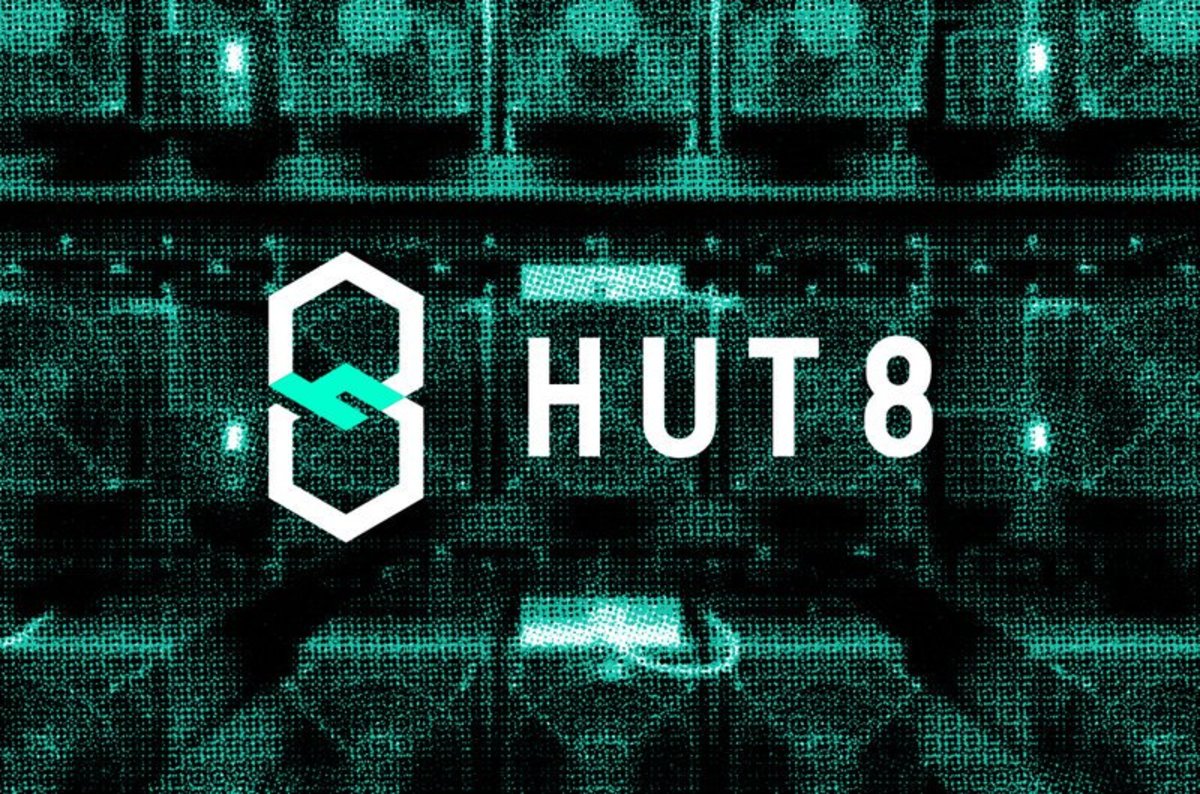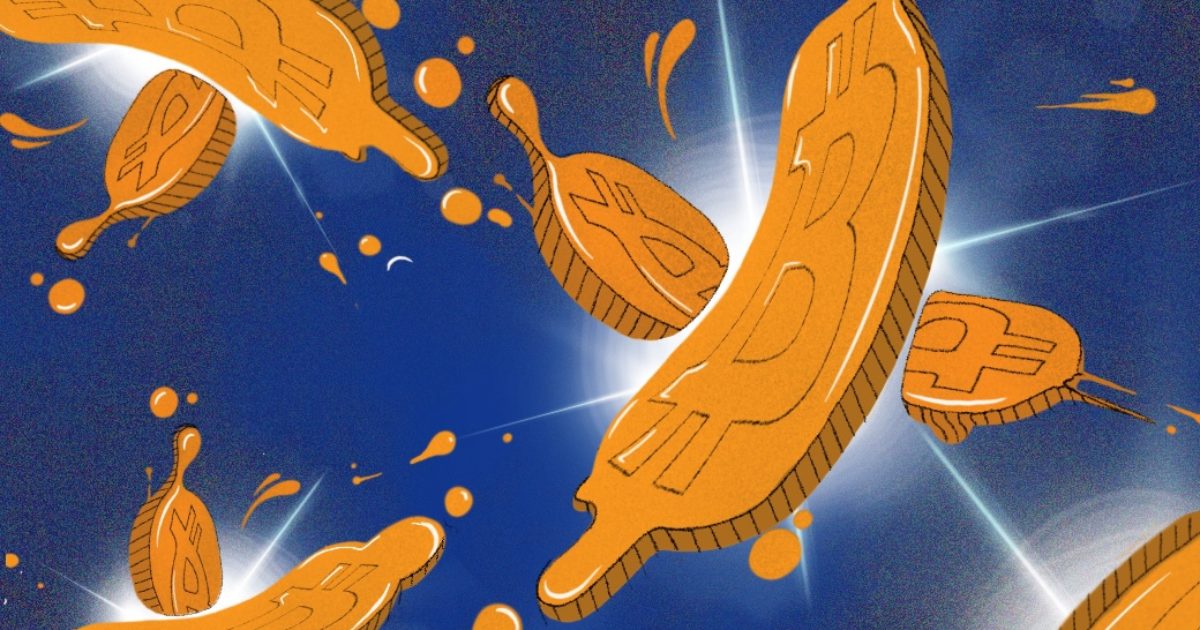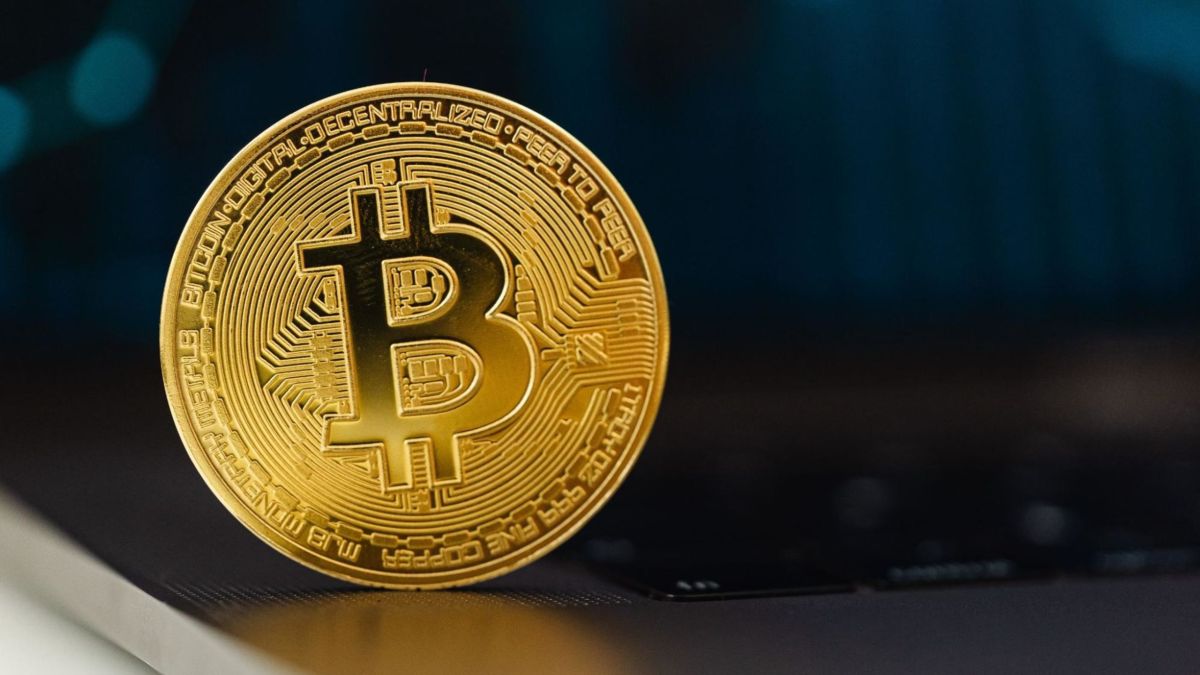Bitcoin Is Revolutionizing Global Money Management
Technologies that were state of the art 50 years ago will be usurped by Bitcoin as the superior technology makes itself apparent.
State Of The System
The barriers to entering global financial markets are archaic. Overextended processing times, high transaction fees, deadweight loss due to exchange rates, the list goes on. While these might be excusable in a settlement system still in its infancy, I am describing the SWIFT system, our global international banking network, created in 1973. For a service coming up on its 50th birthday, you’d expect modern technology to have made its way into the mechanisms by which SWIFT allows international financial messaging. Yet, it remains largely unchanged.
Surprisingly enough, SWIFT still maintains most of its functionality that could be found in its 1973 iteration, just with a thicker coat of dust today. Cross-border payments were a hurdle that SWIFT solved brilliantly in its era. Standardizing the sending, receiving and processing of payments on a global scale made it simpler for those conducting overseas business affairs the convenience of transacting with minimal friction. But, with daily transactions increasing as we experience the personalization of finance, the SWIFT system of messaging doesn’t have any more notches in its belt — and it’s about to blow.
Having your money hop between hundreds of intermediary banks, each taking a sliver of your transfer for processing fees, culminating in a multi-day journey, is old news. What I just described might have sounded like science fiction written in 1922, not the global bank transfer standard in 2022.
Inefficiencies impact companies, inefficiencies impact citizens, and the encroaching nature of the one true alternative means that these inefficiencies will soon be no more. The Bitcoin network is the final pin that will pop the overextended, underdeveloped SWIFT system and transform global monetary exchange as we know it.
Increasingly Fragile Security
Every firm and individual, whether they like it or not, is exposed to a variety of risks when transacting globally. Within the antiquated SWIFT system, how does its network lend to security, and are wire transfers always safe?
With the SWIFT system, wire transfers are processed through a series of intermediary banks spread out across the globe. SWIFT does not transfer any money, rather passing messages between banks, each of which is assigned a unique identifier as money is credited and debited across statements. So, like Bitcoin, SWIFT uses a ledger system to record balances across its network — SWIFT simply transfers messages.
This means SWIFT is a lightweight system, however, this messaging aspect makes it infinitely more susceptible to hacking. In the last decade, India, Taiwan, Russia and Nepal all had their messaging platforms hacked, where the culprits made off with roughly $2 billion. All told, SWIFT has gaping holes in its security protocol, and anybody transacting on the network assumes the risk of their transfer being redirected, effectively vaporizing their money.
The frequency and size of these attacks is only increasing as technology marches onward, yet with SWIFT security innovation nowhere to be found. You can see why this is not an airtight network for sending large sums of money.
Foreign Exchange (FX) Exposure
Beyond the proclivity of the SWIFT system to be a target of international crime, any transaction across two currencies introduces exposure to foreign exchange rate fluctuation. This is a risk that is ever-present and mitigating this risk for international wire transfers can be a real pain.
When transacting with any party, everybody experiences a non-zero sensitivity to risk; this is measured simply as exposure. In the truest international finance terms, there are three types of exposure — transaction, economic and translation exposure — each having a slightly different definition, all revolving around fluctuating exchange rates introducing risk. For simplicity’s sake, we’ll refer to this as transaction exposure.
Limiting your transaction exposure is an exercise most must pursue through hedging with forward contracts. Let’s say, as a business, I have receivables in 10 million CNY which are payable in three months. The exchange rate tomorrow will be different from that of today so, to minimize my downside loss if my denominating currency depreciates in value, I will sell forward 10 million CNY at today’s exchange rate in case it changes unfavorably over the next three months. That’s a surface level example, but it is clear why the time and energy put forth to develop this hedging strategy is unfavorable — mistakes in this arena often cost firms tens of millions of dollars a year in deadweight loss.
Even at a retail level, you might send money to a friend in the U.K. when the U.S. dollar–British pound spot rate is low. The next day, the dollar strengthens against the pound, and you’re regretting having sent money yesterday when the dollar was weaker — you lost more money than you needed to. FX rate fluctuations introduce a burden at the retail and institutional level — big or small, bearing these headaches is tumultuous.
You can understand how avoiding FX exposure entirely would be desirable.
Stifled Innovation
Incentive structures drive the world. This is a basis held by near everyone with a foundational understanding of the economy, apart from maybe Keynesians.
Whether it be through economic opportunity, or something as simple as a Christmas bonus, we go above and beyond in moving our world forward because there is a carrot at the end of the stick for us.
In one of my previous articles, “The American Dream Is Dying — Bitcoin’s Monetary Policy Can Save It,” I explained the imbalanced incentive structure of the U.S. government, and I believe it extends to most other global institutions. The central banks that support the SWIFT network across nations like Japan, Germany, India and Russia run parallel to this imbalanced incentive scheme as well.
Essentially, governments that oversee fiat currency can iron out inefficiencies through conducting monetary policy, of which they are the sole controllers. One of their favorite tools is increasing the money supply, which is an on-paper fantastic solution that ends up widening the polarity of wealth and distributing more of the gains to those with capital goods and strips the real wealth from the less fortunate working class. This is known as the Cantillon effect.
This plays out in every nation with a fiat currency, which encompasses every nation operating under the SWIFT messaging standard. What incentive do these nations have to iron out major inefficiencies in their network? None, the Cantillon effect wagers the opposite. These nations control their respective money supply, if the SWIFT network becomes engorged by floods of wire transfers for example, the first step is to ignore the issue until it poses an issue to their own affairs. Following this, they may point a finger at “big business,” a nameless entity which governments often like to use as a scapegoat and introduce a bill of some kind which will allow them to spend their way out of the problem. If this were an ad hominem attack, the SWIFT system would have been iterated upon repeatedly over the last five decades. Alas, here we are making international wire transfers that can take up to three days.
When your incentive structure doesn’t revolve around improving efficiency, why provide a better product for the end user?
A Network Of The People, By The People, For The People
With the rise of the Bitcoin network comes the rise of a global monetary messaging system. This is a network that cannot be meddled with by people who have a vested interest in manipulating its rules — the nature of the Bitcoin network is immutable.
Over the Bitcoin payment network, the rules of governance are ordered to the people who run miners and operate nodes. Miners process payments through solving complex math problems and are rewarded with newly minted currency and transaction fees
Every new ASIC miner that’s plugged in, and every new node that’s fired up, is adding to the security layer of the network, building on its anti-fragility.
A great example of this would be the Bitcoin ban in China and the mass exodus of miners that followed, leading to a decrease in the network hash rate by over 50%. As of today, the hash rate has fully recovered and is reaching new all-time highs, as mining power is distributed and soaked up by other eager people around the world. This demonstrates the resilience of the network to attack. Even with one of the largest countries banning the use of this global monetary network, the network has rebounded and is operating at newfound highs, the same cannot be said of the SWIFT network. A mass exodus of national banks would certainly spell doom for the SWIFT messaging system, as has been outlined endlessly with various scares over the years, like Russia and China.
The Bitcoin network has a talented swathe of programming teams working tirelessly on building applications on top of its base-layer protocol. One of these innovations is the Lightning Network — a high speed rail which operates on sidechains to the primary blockchain, that allows for channels between peers and confirmation on the blockchain upon settling up. In short, near instantaneous and increasingly cheap transactions utilizing the Bitcoin monetary network.
One killer app that leverages the Lightning Network brilliantly is Jack Mallers’s Strike. It’s an API which allows users to transact globally between any currency they choose through spot-buying BTC, rocketing it to the recipient over the Lightning Network, and spot-buying the recipient currency. In essence, it’s the fundamental thesis for SWIFT playing out in the 21st century, without the need for custodians and middlemen with bad intentions — and it will change the world.
Protocols built on top of the Bitcoin network like Lightning are eliminating the need for centralized control over global monetary communication.
Final Thoughts
Not only is there a deeper security layer over Bitcoin, not only does Bitcoin provide Layer 2 technology like the Lighting Network allowing for near instant and feeless payments, but it cracks the age-old riddle of whether a return to a global, hard money standard is possible.
It answers that riddle with a resounding yes.
The question is will the competition, namely governments with a vested interest in their fiat currency, allow it?
Thanks for reading, please share this article if you enjoyed it! If you’re interested in following me, I can be found here.
This is a guest post by Joe Consorti. Opinions expressed are entirely their own and do not necessarily reflect those of BTC Inc or Bitcoin Magazine.









